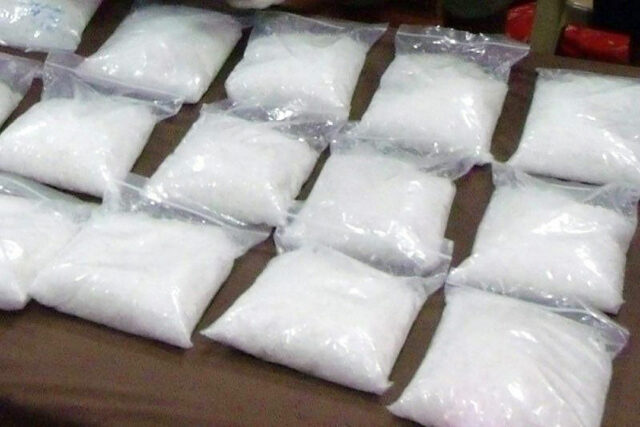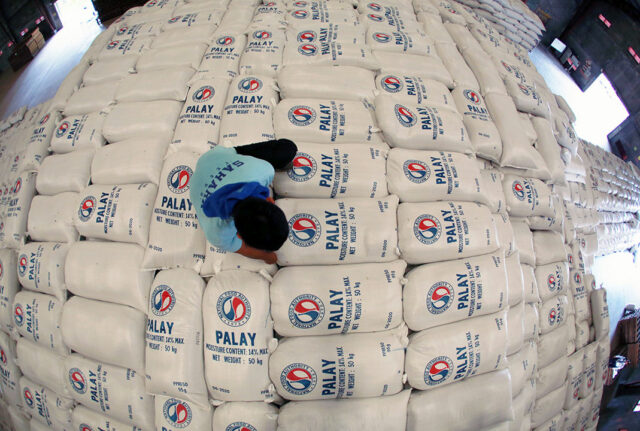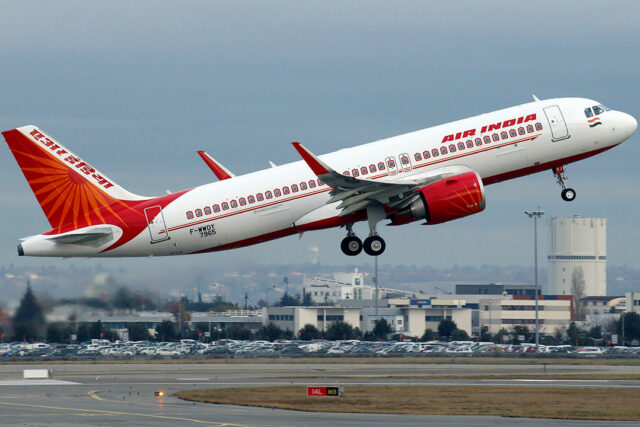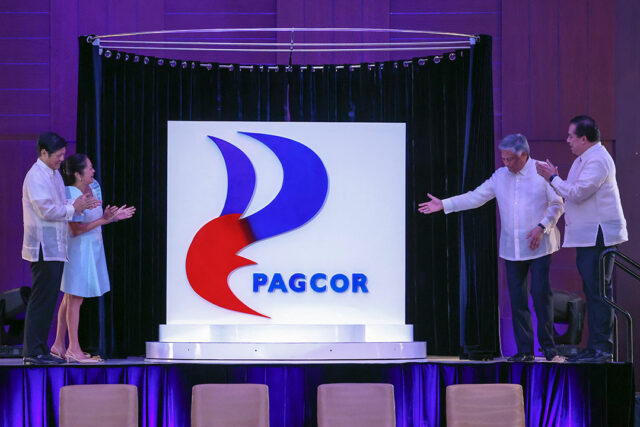Filing a tax refund claim brings a sense of anticipation, as taxpayers aim to get back a portion of their hard-earned money. However, the process of obtaining a VAT refund in the Philippines is often one of the most challenging experiences taxpayers can go through. Considering the rigorous documentation requirements and thorough review process of the BIR, a comprehensive understanding of the VAT refund process is essential for successful recovery.
In 2024, the Ease of Paying Taxes (EoPT) Act introduced the new Risk-Based Approach in verifying and processing VAT refunds. As part of the verification process, the BIR now classifies applications into low-, medium-, or high-risk claims depending on the amount of the claim, tax compliance history, frequency of filing VAT refund claims, among others.
Such classifications determine the scope of the BIR’s verification process. Low-risk claims do not go through verification and are limited to going through the checklist for completeness of the documentary requirements. Once these are met, low-risk claims are automatically be recommended for refund. Meanwhile, medium-risk claims only require 50% verification.
In October, the BIR issued Revenue Memorandum Circular (RMC) 115-2024 to further clarify this new approach. Under the RMC, the processing of VAT refund claims will entail: (1) Checklisting based on the Checklist of Mandatory Requirements; (2) Cursory checking of completeness of supporting documents submitted for sales and purchases of goods and services after the application has been accepted; (3) Determination of the risk level of the claim; and (4) Processing and verification for medium- and high-risk claims.
The checklisting procedure is the first stage and is limited only to ensuring the completeness of the submitted documentary requirements; whereas in the verification procedure, the BIR ensures the correctness and accuracy of the documents through examination, evaluation, deep analysis and investigation.
In order for the VAT refund application to be accepted, the Checklist of Mandatory Requirements (regardless of the identified risk level) should be submitted. Otherwise, the application is rejected.
During cursory checking of the completeness of the document, if certain supporting documents indicated in the schedule of sales and purchases cannot be found in the physical documents submitted, the application will be tagged “no supporting documents” (NSD). Generally, this is not considered an incomplete submission, but it will result in the disallowance of the unsubstantiated portion of the sales and purchases. However, if the NSD exceeds at least 1% of total sales (for sales transactions) or total amount of claim (for purchase transactions), the application will be classified as high-risk, requiring 100% verification regardless of the initial risk classification.
Further, for any missing/incomplete information (e.g., no reference details, incomplete/no transactions details, etc.) in the schedule of sales and purchases, the application is automatically classified as high-risk, requiring 100% verification.
This new approach should help to expedite the VAT refund process for claims that are classified as low-risk since they are automatically recommended for refund, subject to the conditions mentioned above. However, in the guidelines, NSD tagged amounts of up to 1% of the transaction or claim, or if one item is missing from the schedules, the classification is automatically classified as high-risk. The RMC did not provide specific guidelines or details as to the information required. With this low threshold, I am curious whether we can expect any application to be tagged as low-risk.
Having said that, the BIR may consider issuing guidelines to specify and limit details regarding the information that should be seen in the schedules. In this way, taxpayers would be able to better prepare their VAT refund applications appropriately and anticipate their possible risk classification, allowing the revenue officers to process applications more efficiently and focus their efforts on cases that truly warrant closer scrutiny.
By providing clear guidelines, the BIR can help reduce the administrative burden on both taxpayers and revenue officers, minimize delays in processing VAT refund applications, and ensure that the risk classification system is applied consistently and fairly. This would not only improve compliance rates but also foster a more transparent and predictable tax environment, which could enhance taxpayer trust and cooperation with the tax authorities.
For taxpayers, the journey through this new refund system hinges on precise documentation and adherence to guidelines, paving the way for smoother interactions with tax authorities. As the BIR continues to refine and perfect this process, we can look forward to a VAT refund system that is not only fairer but also inspires greater trust and cooperation between taxpayers and the government. Ultimately, these improvements have the potential to create a more harmonious and effective tax administration, benefiting all stakeholders and contributing to a healthier economic environment.
The views or opinions expressed in this article are solely those of the author and do not necessarily represent those of Isla Lipana & Co. The content is for general information purposes only, and should not be used as a substitute for specific advice.
Rowelle Sheena J. Juarez-Ayson is an assistant manager at the Tax Services department of Isla Lipana & Co., the Philippine member firm of the PwC network.
+63 (2) 8845-2728
rowelle.sheena.juarez@pwc.com












